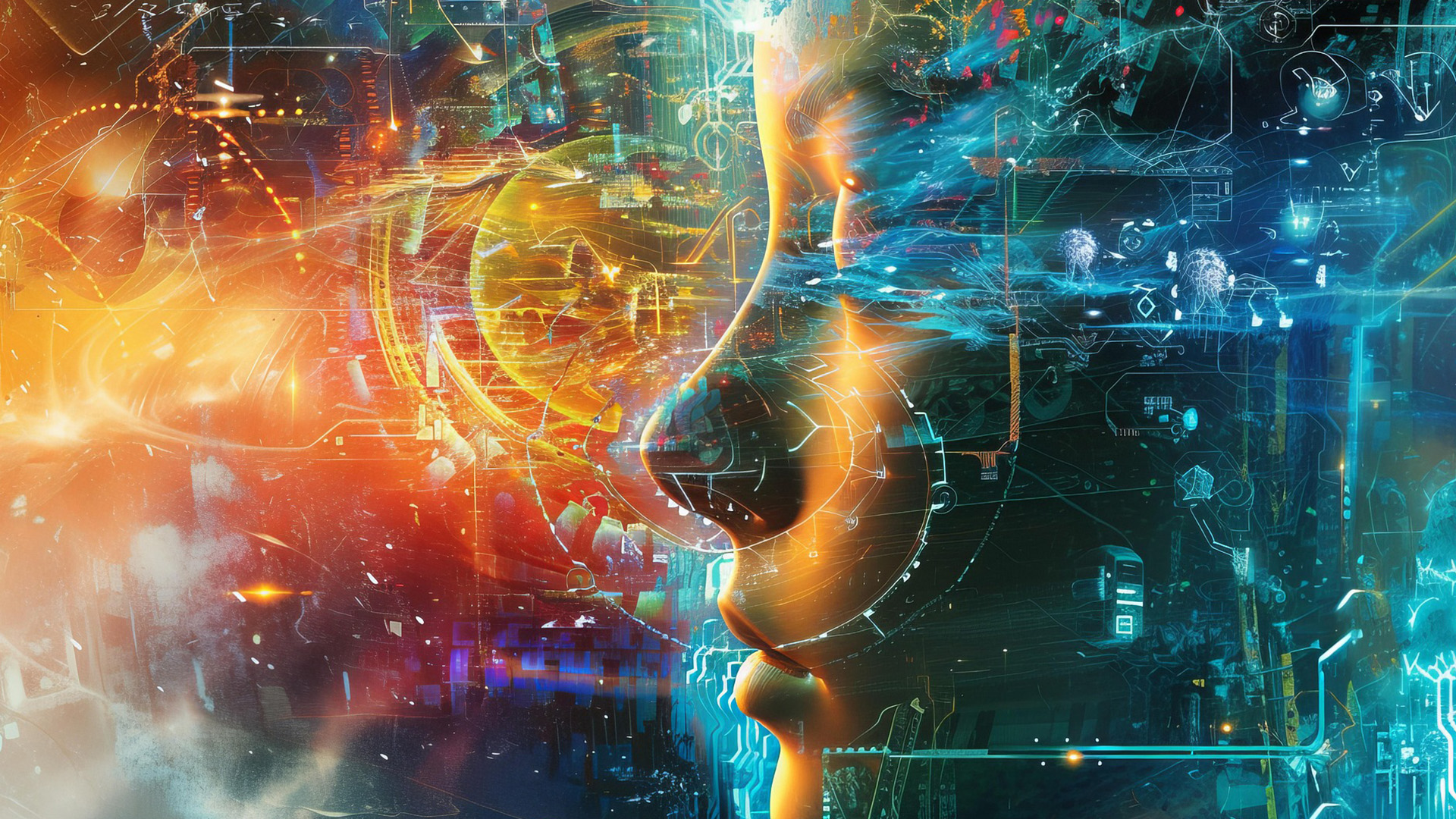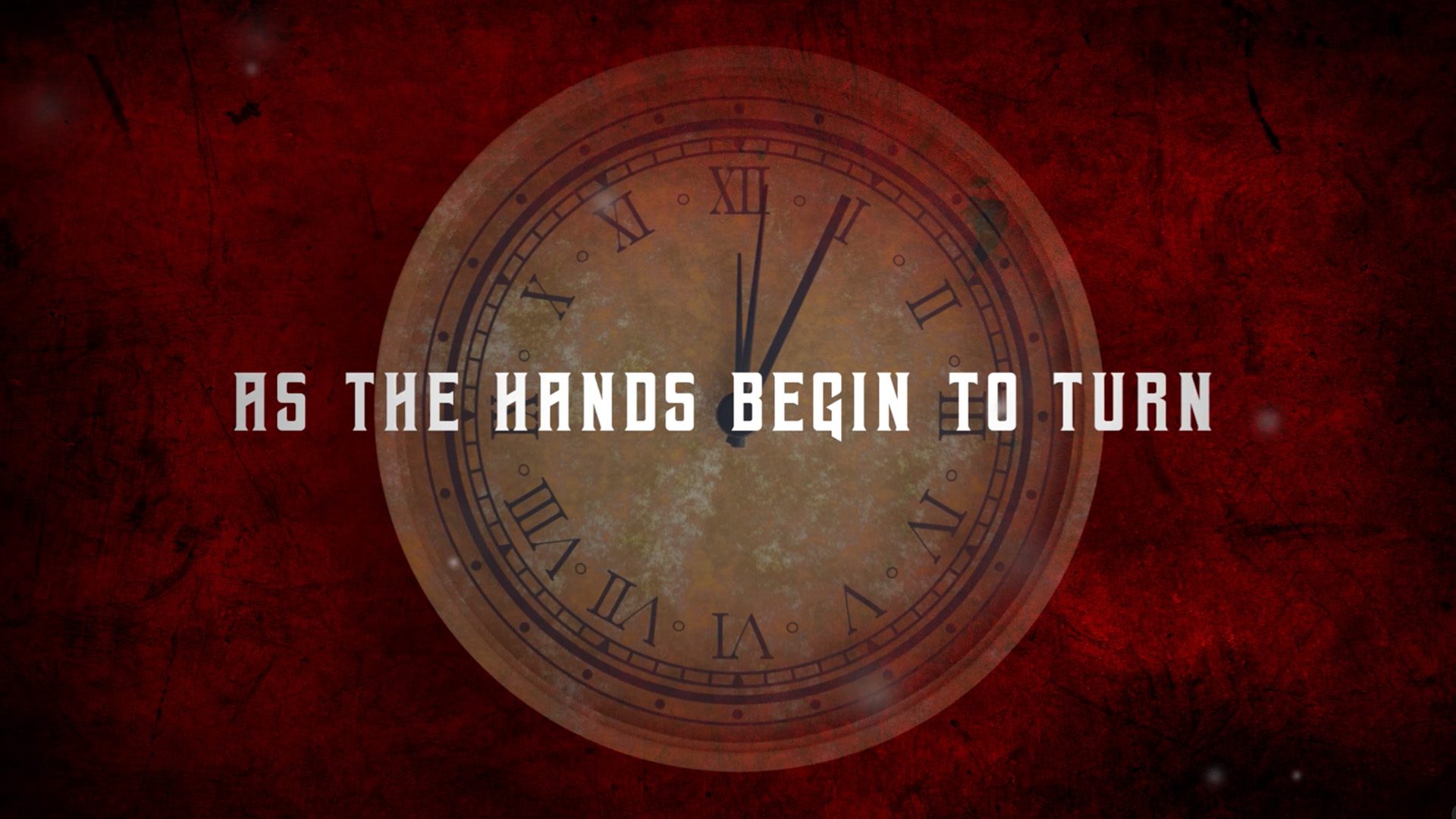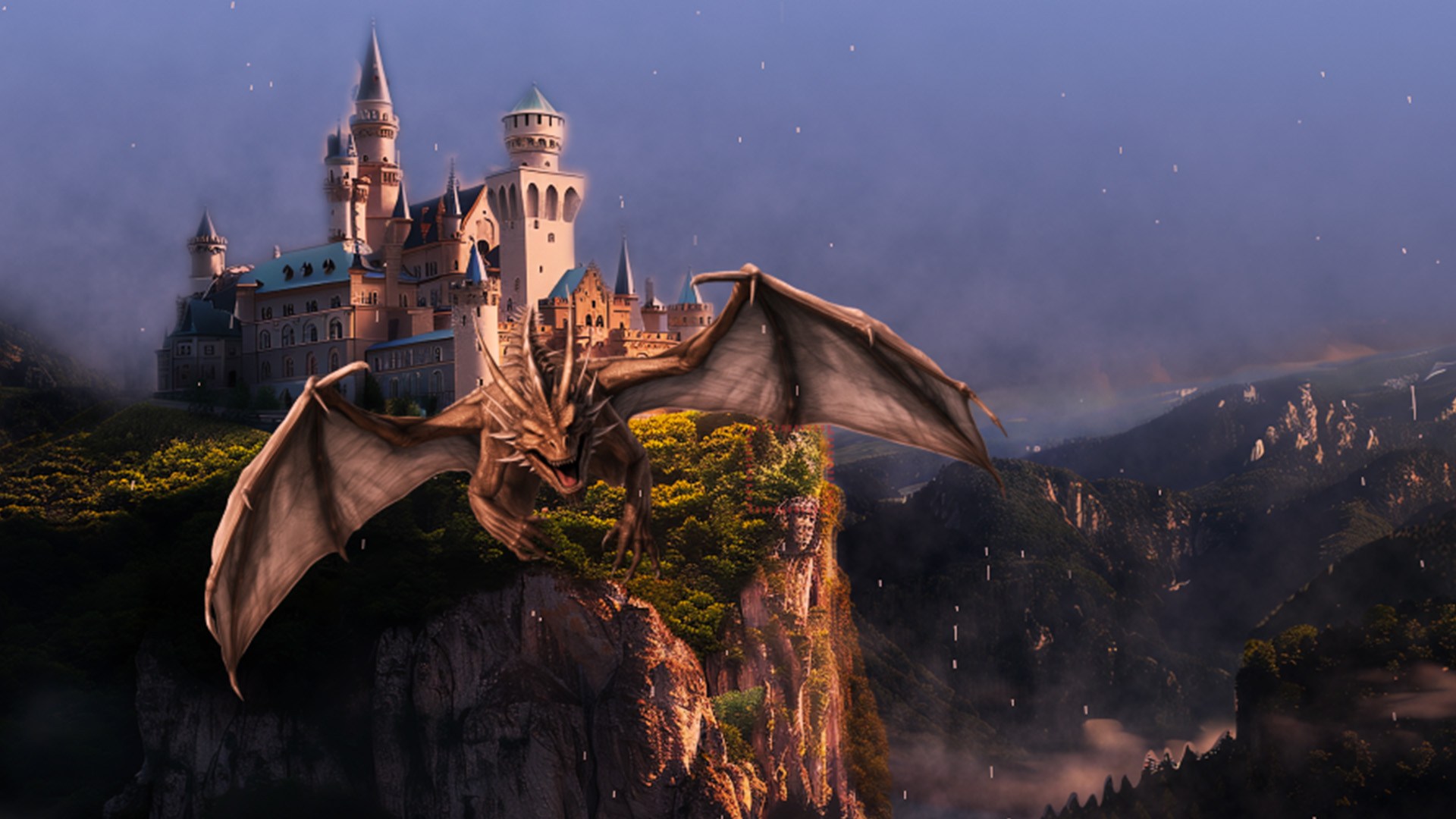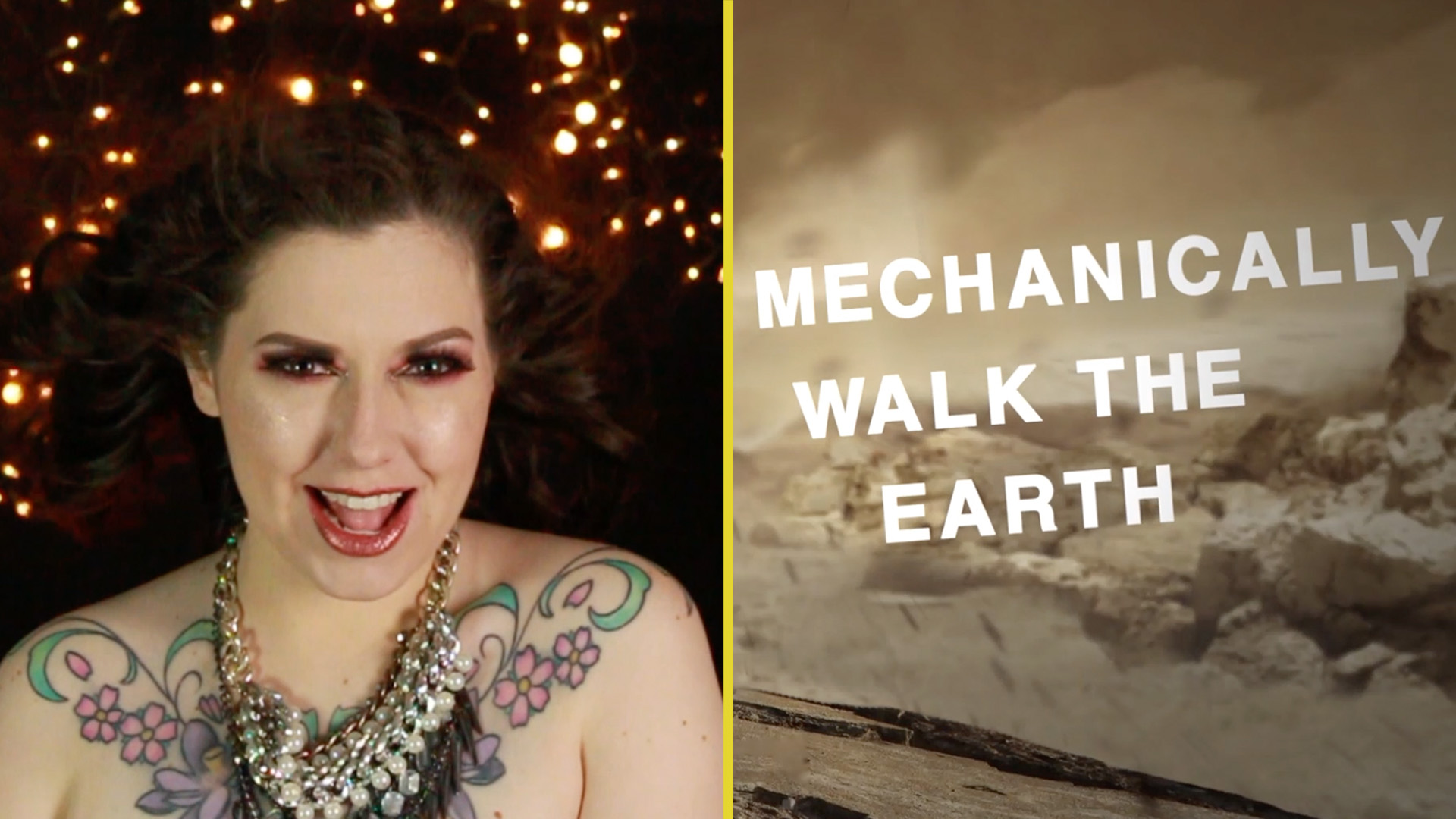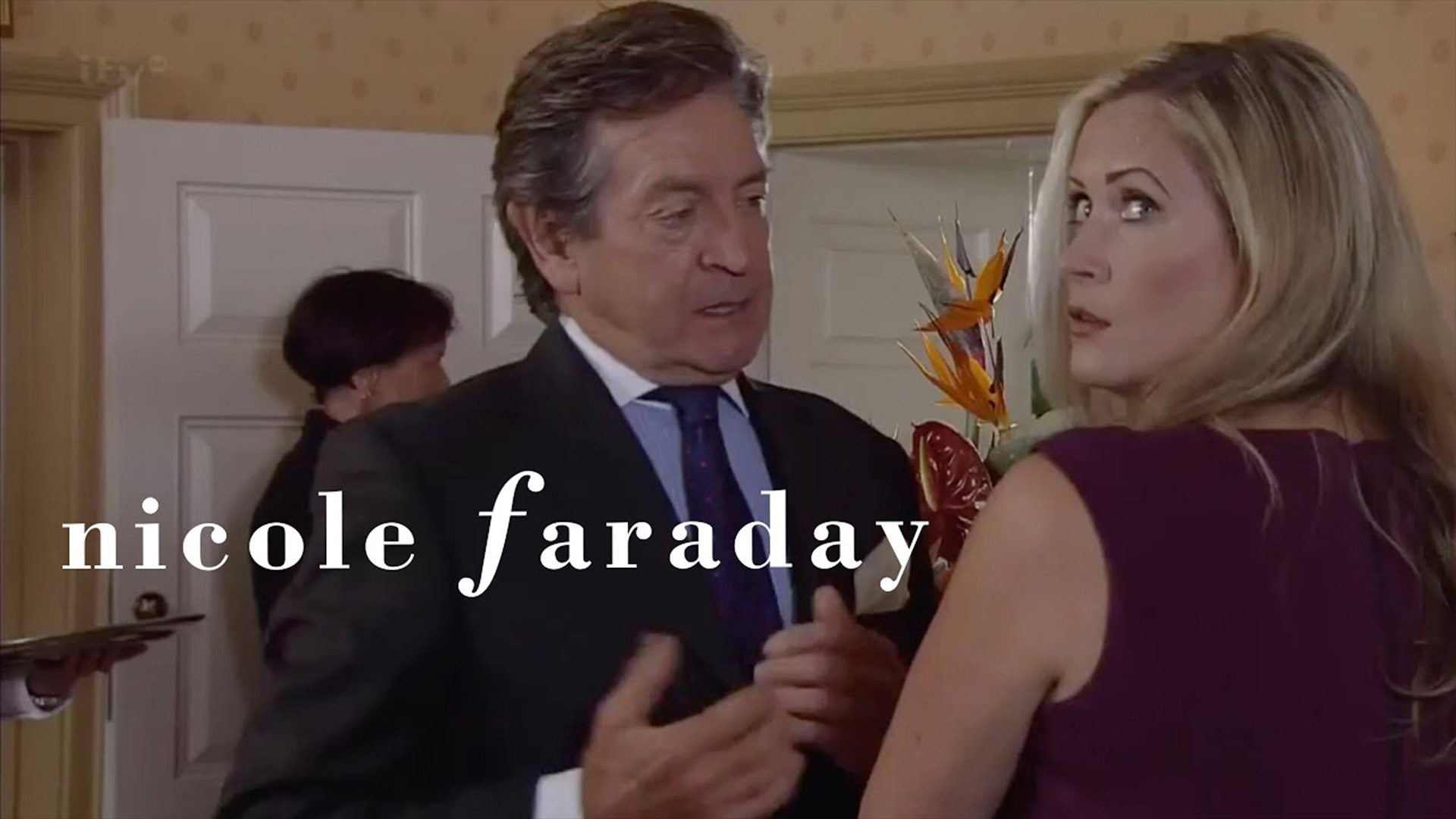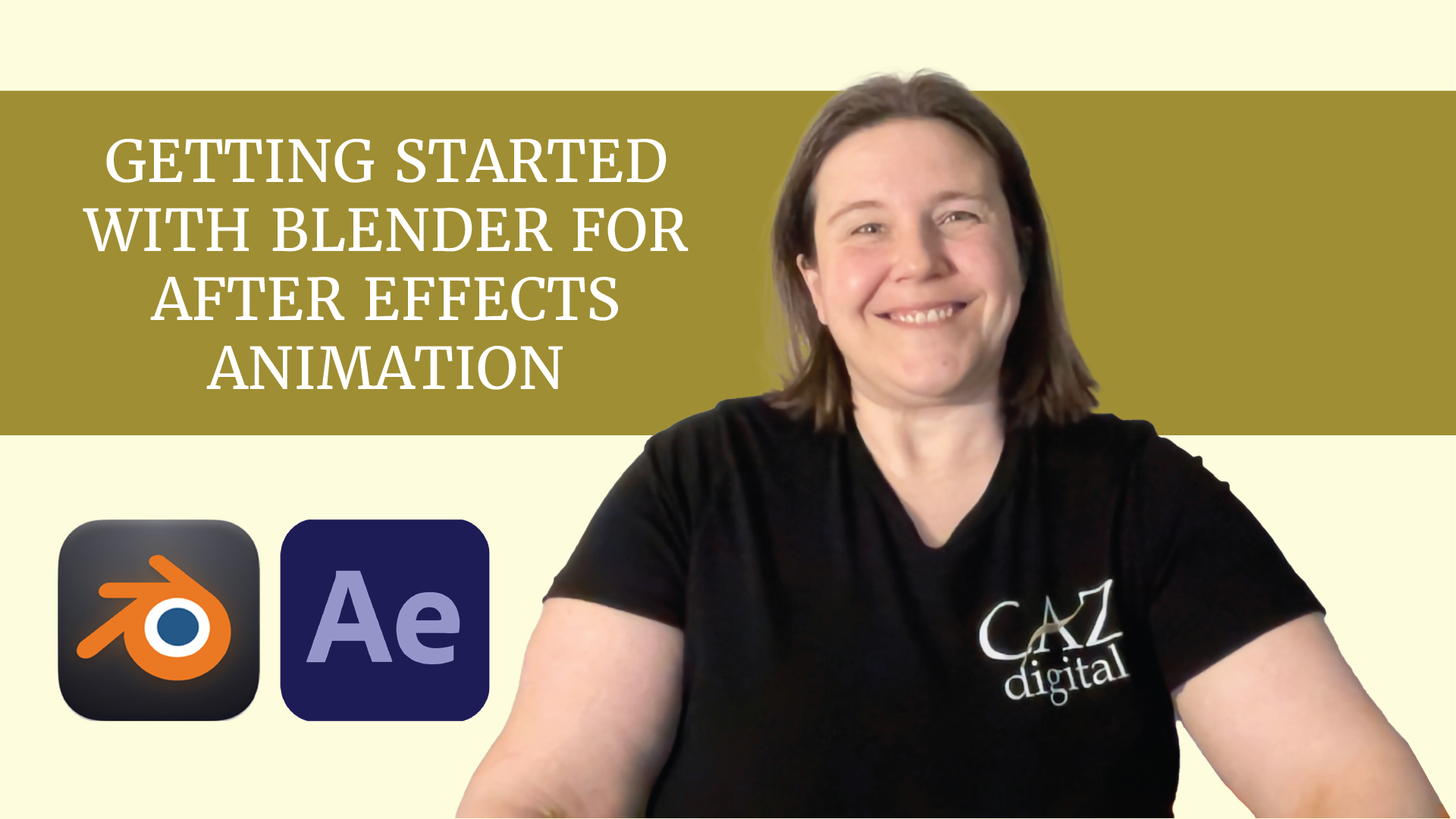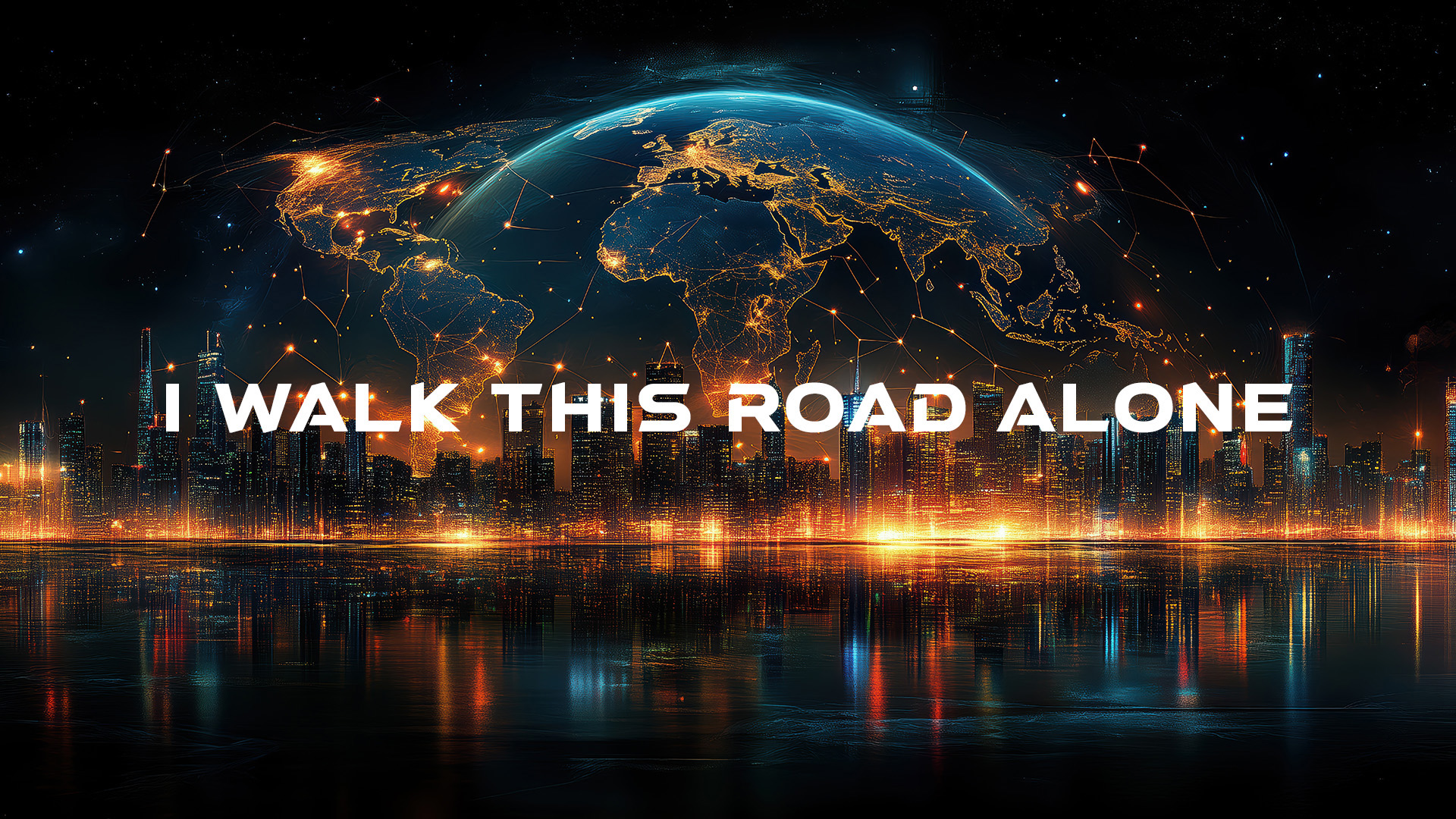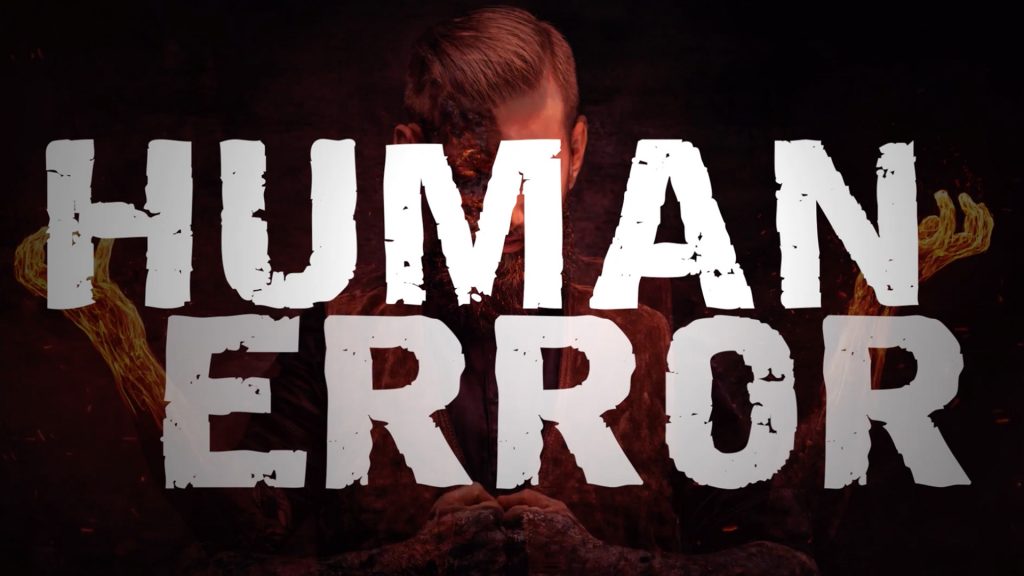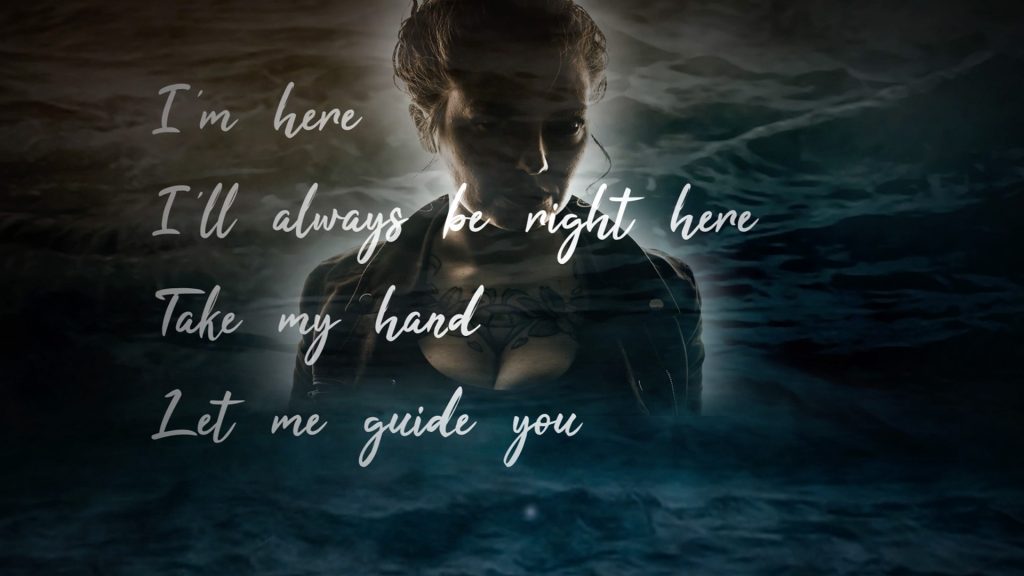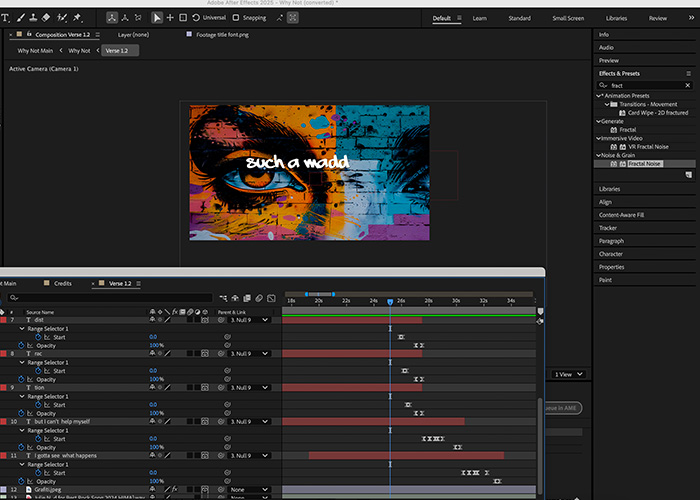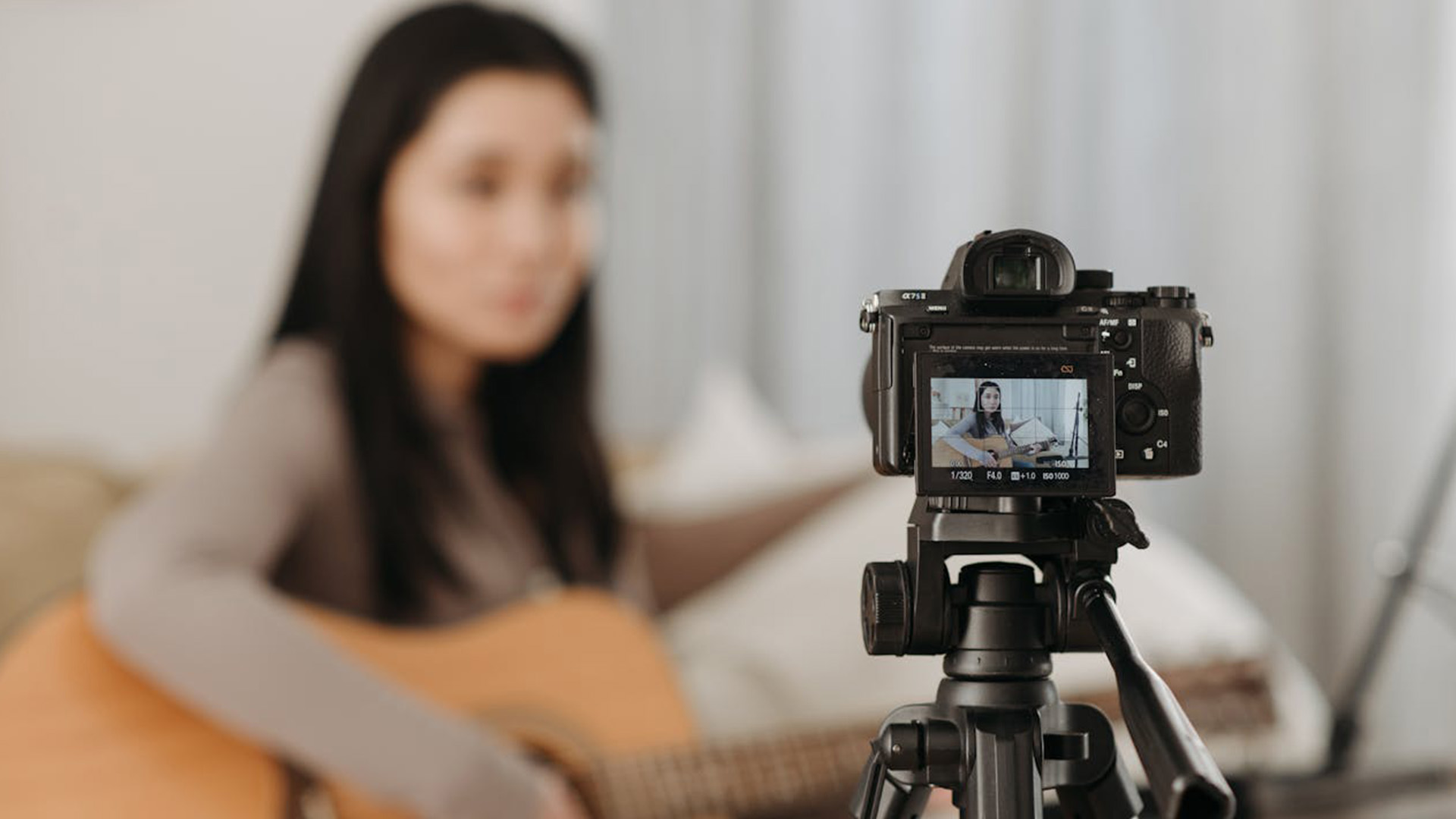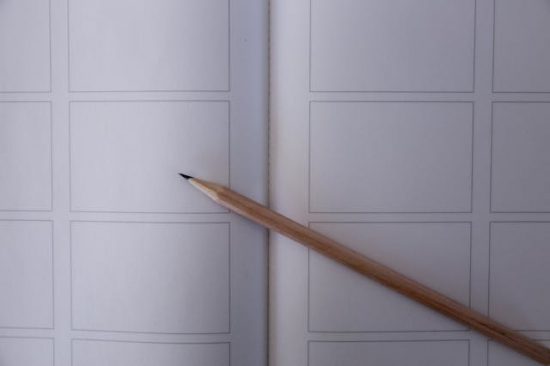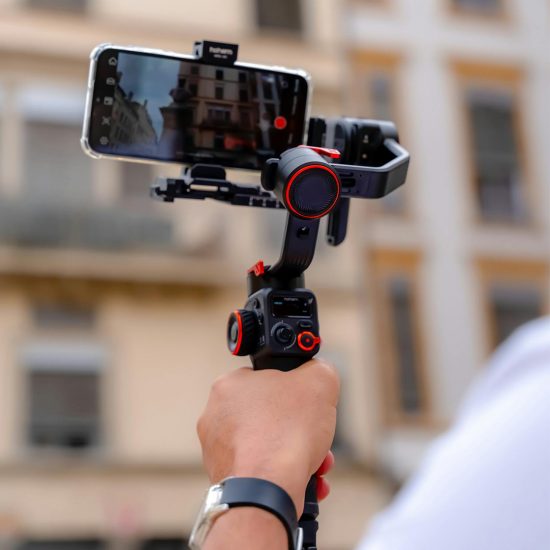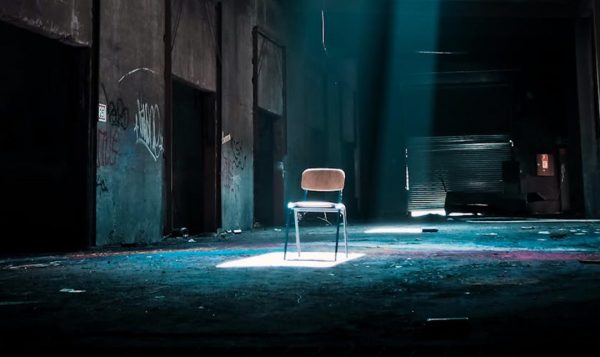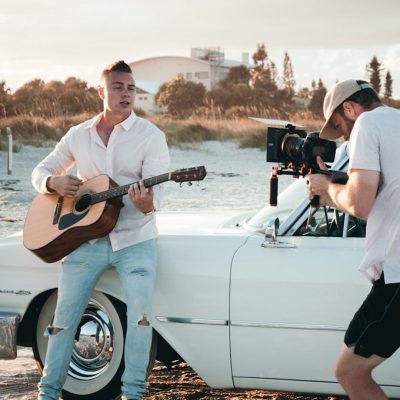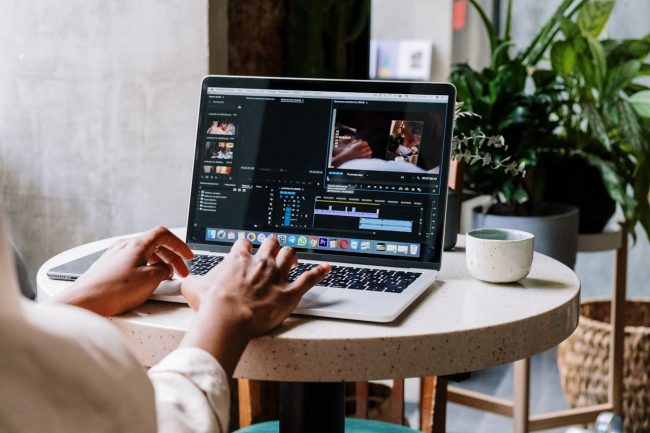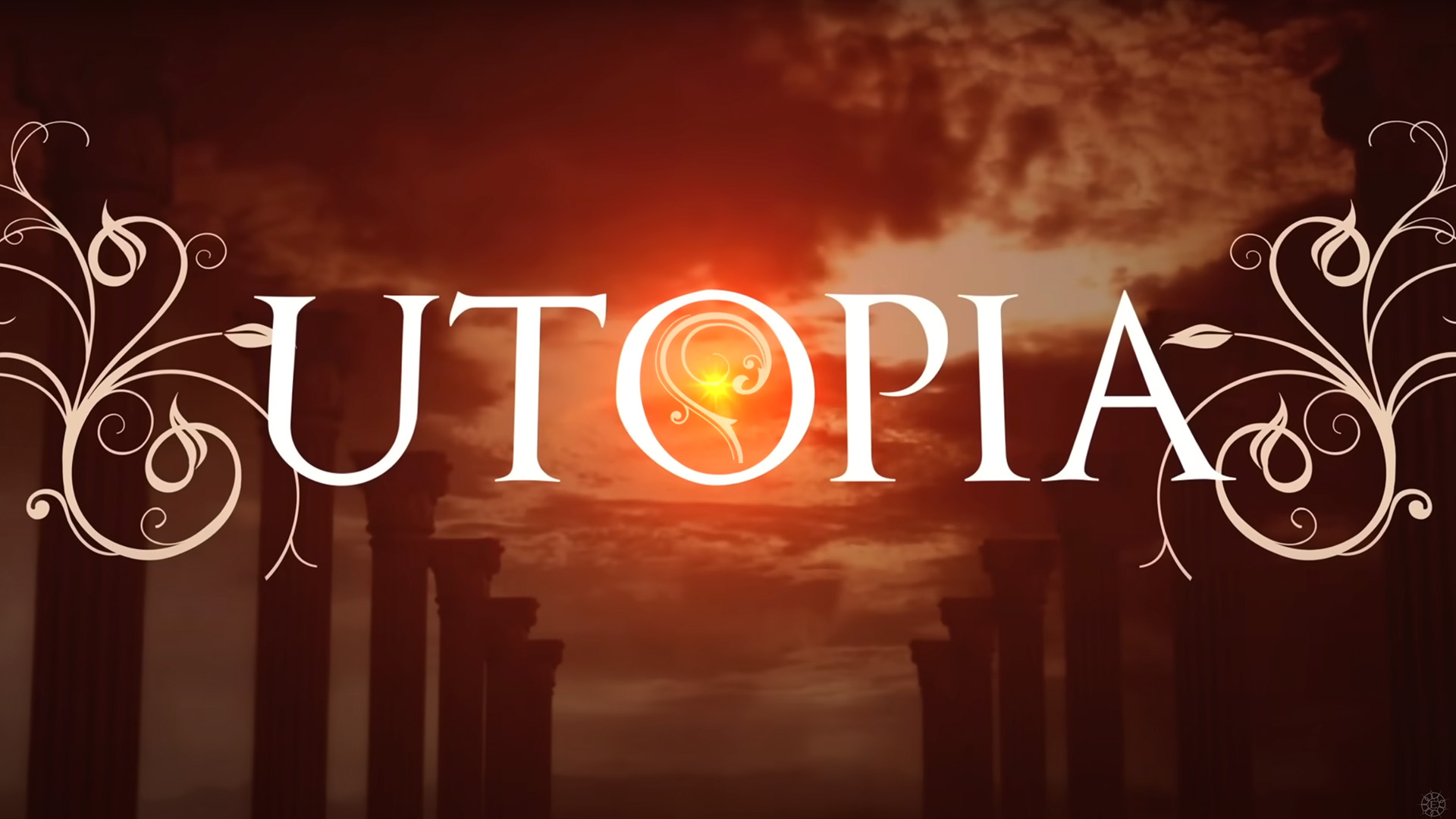The Future of Motion Graphics in Music and Film:
Motion graphics have come a long way from simple title animations to breathtaking visual effects that blur the line between reality and digital artistry. In both the music and film industries, motion graphics play a crucial role in storytelling, branding, and audience engagement. As technology continues to advance, the future of motion graphics promises even more innovation, pushing creative boundaries further than ever before.
In this blog, I’ll explore how motion graphics are evolving, the latest trends shaping the industry, and how they are set to transform the way we experience music videos and films.
1. The Evolution of Motion Graphics in Music and Film
Motion graphics have been around for decades, but their use has evolved dramatically. In the early days of cinema, filmmakers relied on practical effects, stop-motion animation, and traditional hand-drawn animation to create visual illusions. Fast forward to the digital age, and we now have tools that allow artists to generate hyper-realistic effects, abstract visual compositions, and immersive experiences.
Motion Graphics in Music Videos
Music videos have long been a playground for creative visuals, but the introduction of motion graphics has revolutionised the way artists express themselves. In the 1980s, MTV popularised the music video format, with many artists incorporating animated sequences and early computer-generated effects. Fast-forward to today, and artists like Billie Eilish, Travis Scott, and The Weeknd are using cutting-edge motion graphics to create mind-bending, visually stunning music videos.
With tools like Adobe After Effects, Cinema 4D, and AI-assisted design software, motion graphics can now be seamlessly integrated into live-action footage, creating hybrid visuals that enhance storytelling.
Motion Graphics in Film
In film, motion graphics have evolved from simple title sequences to full-blown CGI worlds. Think of the iconic title sequences of James Bond films or Fight Club, where typography and motion design set the tone for the film. Today, motion graphics are used in everything from user interface (UI) designs in sci-fi films (Iron Man’s HUD, for example) to abstract, animated storytelling elements (Spider-Man: Into the Spider-Verse).
As technology advances, motion graphics will continue to play a major role in filmmaking, blending seamlessly with live-action to create visually compelling narratives.
2. Key Trends Shaping the Future of Motion Graphics
With rapid advancements in technology, the future of motion graphics in music and film is set to be even more dynamic. Let’s dive into some of the biggest trends shaping the industry.
Artificial Intelligence and Machine Learning in Motion Design
AI is revolutionising the creative industry, and motion graphics are no exception. Machine learning algorithms are being used to automate animation, generate realistic effects, and even assist in motion tracking. Tools like Runway ML and DALL·E are making it easier than ever for artists to generate motion graphics with minimal effort.
For filmmakers, AI-driven visual effects (VFX) can significantly reduce production time and costs, allowing for more ambitious projects with smaller budgets.
In music videos, AI-generated visuals can adapt in real-time to a track’s rhythm and mood, creating hyper-responsive visuals that were once impossible to achieve manually.
The Rise of 3D Motion Graphics and Virtual Production
While 2D motion graphics remain popular, the future is all about 3D. Software like Blender, Unreal Engine, and Cinema 4D are making it easier for creatives to produce high-quality 3D animations and visual effects.
Virtual production, made famous by The Mandalorian, is changing the way films and music videos are created. Instead of shooting on location or using traditional green screens, LED walls display realistic 3D environments in real-time, allowing for more immersive and flexible production. This means that motion designers can create fully digital sets that react dynamically to lighting and camera movement.
Holographic and Augmented Reality (AR) Motion Graphics
Holograms and AR are set to take motion graphics to the next level. We’ve already seen artists like Tupac and Michael Jackson brought back to life as holograms, but as the technology improves, we’ll see more live performances incorporating real-time AR graphics.
Imagine watching a music video where your environment reacts to the visuals through AR, or attending a concert where holographic elements interact with the performers in real-time. This level of engagement is where motion graphics are heading.
Interactive Motion Graphics and Real-Time Visuals
Interactive visuals are becoming more common in live performances, gaming, and social media content. Real-time graphics powered by engines like Unreal Engine and TouchDesigner allow artists to create immersive experiences that change dynamically based on audience interaction or environmental factors.
For example, music videos could become interactive, where viewers can change the environment, colour schemes, or camera angles in real-time, making every viewing experience unique.
Hyper-Stylised Motion Graphics Inspired by Retro Aesthetics
While futuristic tech is shaping the industry, there’s also a huge movement toward nostalgic, retro-inspired motion graphics. The success of Into the Spider-Verse and Arcane has led to a resurgence in stylised, frame-by-frame animation combined with digital techniques.
Artists are experimenting with VHS textures, glitch effects, Y2K aesthetics, and hand-drawn elements to create unique visuals that feel both modern and nostalgic. This trend is especially popular in music videos, where artists want to evoke a sense of nostalgia while keeping things fresh.
3. How Motion Graphics Will Impact Music and Film Production
So, what does all of this mean for the future of music videos and films? Here’s how motion graphics will change the way content is produced and consumed.
More Affordable High-Quality Visuals
Advancements in software and AI-assisted tools mean that high-quality motion graphics will become more accessible to independent filmmakers and musicians. What once required a massive budget can now be achieved with the right tools and creativity.
Blurring the Line Between Animation and Live-Action
As motion graphics become more sophisticated, the distinction between animated and live-action content will continue to blur. We’re already seeing this with films like The Lion King (2019) and Avatar: The Way of Water, which use photorealistic CGI to create fully digital environments.
In music videos, this could lead to hyper-stylised visuals where artists seamlessly transition between real and animated worlds.
More Personalised and Customisable Content
With AI-driven motion graphics and interactive elements, audiences will have more control over their viewing experience. Imagine a music video where the visuals change based on your mood or location, or a film where you can adjust the aesthetic in real-time.
The Growth of Virtual Concerts and Digital Avatars
Virtual concerts are already becoming mainstream, with artists like Travis Scott and Ariana Grande performing in Fortnite. As motion graphics technology advances, we’ll see even more immersive virtual performances where artists can perform as digital avatars in fully animated environments.
This opens up new possibilities for artists who want to experiment with their visual identity, allowing them to exist in digital spaces beyond traditional live shows.
4. Conclusion: The Future is Limitless
Motion graphics are evolving at an unprecedented pace, and their role in music and film is more important than ever. With AI, 3D animation, AR, and virtual production pushing creative boundaries, the future of motion graphics is set to be more immersive, interactive, and visually groundbreaking than anything we’ve seen before.
For musicians, filmmakers, and motion designers, this means endless possibilities to experiment, tell stories in new ways, and create experiences that captivate audiences like never before. Whether it’s through hyper-stylised visuals, real-time interactive graphics, or AI-driven animation, one thing is clear: the future of motion graphics is only just beginning.
So, what do you think? How do you see motion graphics evolving in the next few years?
Need a Professional Lyric Video Without the Hassle?
Want a killer lyric video but don’t have the time to make it yourself? 🎥🎶 I can help!
At Caz Digital, I specialise in creating high-quality, eye-catching lyric videos that bring your music to life—without breaking the bank. Whether you need a simple, stylish design or a dynamic, animated masterpiece, I’ll make sure your video looks amazing and professional.
📩 Let’s chat! Get in touch today to discuss your project and bring your vision to life.
👉 Contact me now! 🚀
